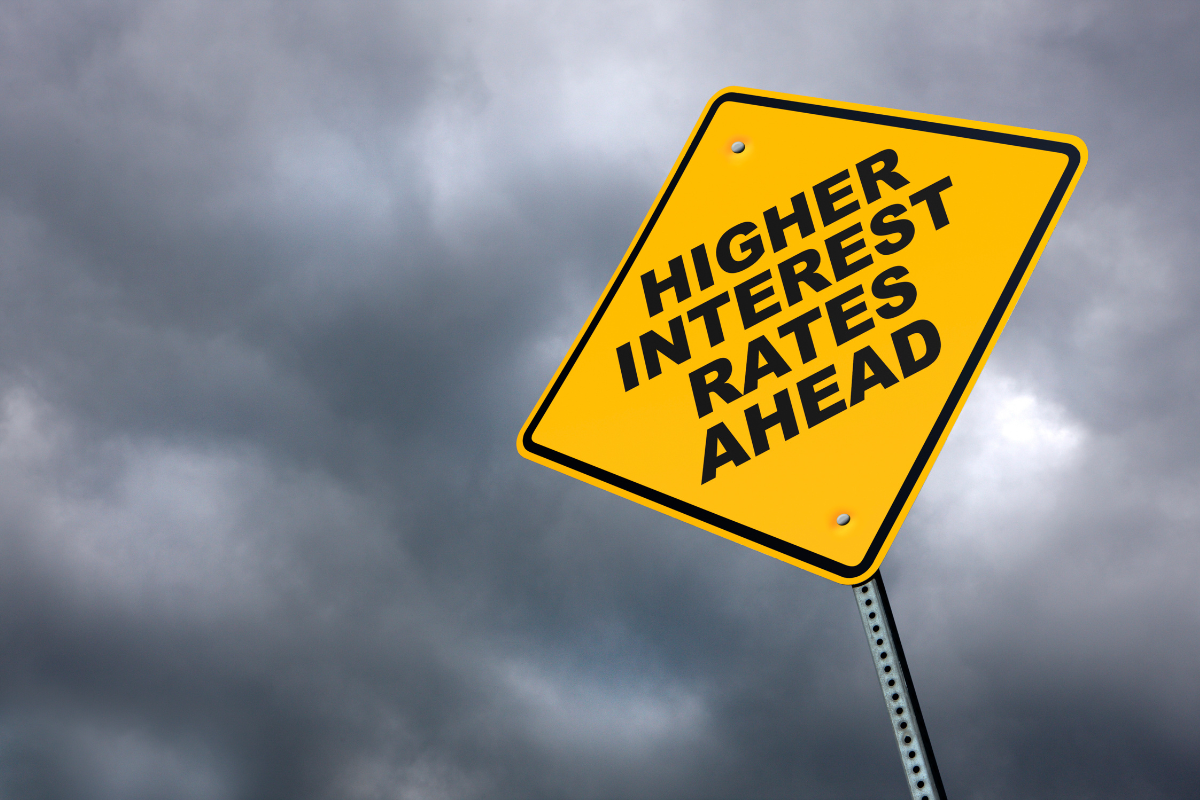What to do if interest rates go up
Higher interest rates can present unique opportunities for saving and potential portfolio rebalancing.
As inflation continues to challenge the economy, it’s likely we’ll see interest rates rise and economic activity slow. However, that doesn’t have to be cause for panic—higher interest rates can present unique opportunities for saving and potential portfolio rebalancing.
What do interest rate hikes mean?
The interest rate a bank charges borrowers is influenced by the cash rate, which is set by the Reserve Bank of Australia (RBA).
When the RBA raises this cash rate, it increases the cost of credit as a way to combat inflation. When borrowing becomes more expensive, companies are less likely to take out loans and spend money, and individuals may postpone projects that involve financing. The goal of raising rates is to reduce the supply of money in circulation, thus cooling off the economy.
How do interest rate hikes affect the market?
When it comes to equities, higher interest rates can have a negative impact. When rates go up, the cost of doing business increases, which could lead to lower revenue and earnings and, thus, lower stock prices. Same with bonds: Interest rates go up, new bonds come out with higher interest rates (improving prospects for higher future income streams), and the prices of existing bonds drop. The idea of both bond and stock prices decreasing can be alarming. But a diversified portfolio is still the best way to hedge against various risks in the long run.
What should I do if interest rates go up?
Rising interest rates present an opportunity to earn more on your savings—you can shop around for a higher-yielding cash or term deposit and take advantage of higher rates. Increasing interest rates also bring an opportunity for higher-yielding bond funds over time.
In a rising interest rate environment, debt becomes more expensive, so you might prioritise paying off high-interest-rate debt first. Existing homeowners may want to consult with a loan adviser to re-evaluate financing options based on current conditions.
As for your portfolio, given current market and economic uncertainty, check in and make sure you’re diversified across not only shares and bonds, but across economic sectors as well. In a volatile market, sector performance can also change quickly. It’s as good a time as any to ensure your asset allocation reflects your risk tolerance and goals.
What should I NOT do if interest rates rise?
A rate increase or decrease is not good or bad, but more of an overall indication of how the economy is doing. Everyone worries about a worst-case scenario, and while investing is not a game of certainties, it’s clear that a diversified portfolio will increase your purchasing power in the long run. In a high-inflation environment, cash won’t help you keep up with the cost of living the way exposure to a portfolio of diversified shares and bonds can.
If markets go down, avoid the trap of feeling like you have to do something. Stay focused on your goals and enjoy the long-term benefits of a diversified portfolio. Transition periods can be painful in the moment, but instead of focusing on the recent losses, focus on the gains you’ve likely seen in your portfolio over the past decade. If nothing significant in your life has changed any of your planning assumptions, consider minor adjustments as needed to stay on course, and trust that you’re doing what’s best for your future.
To discuss the best strategy for your circumstances, talk to the team at ADR Wealth.
Text Source – Vanguard





